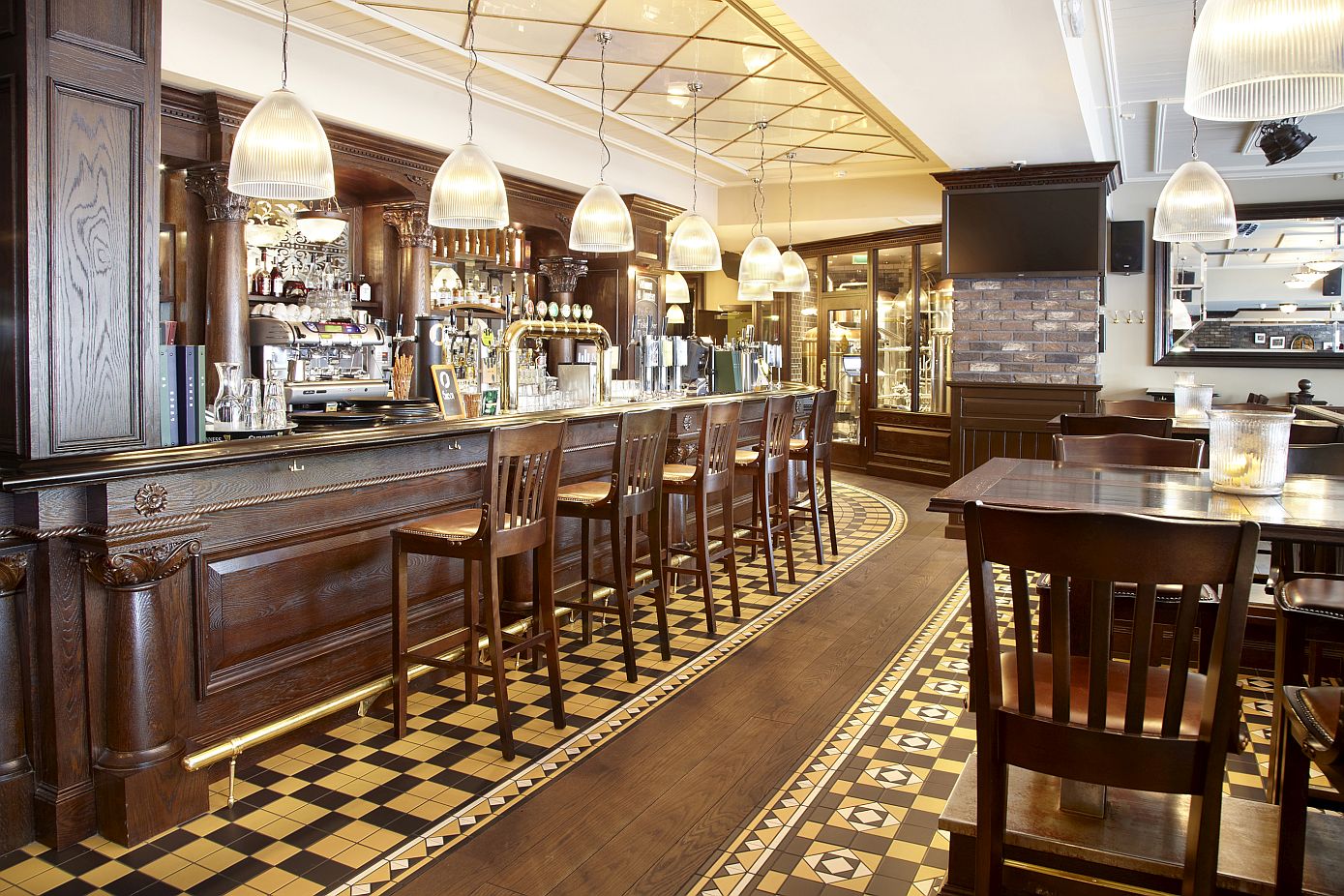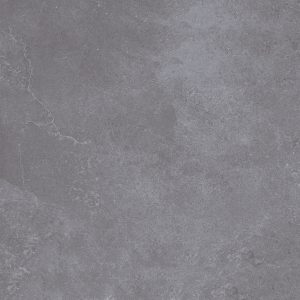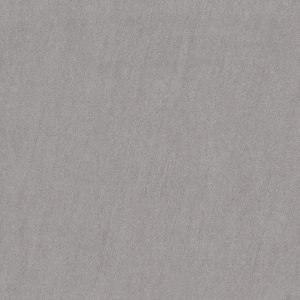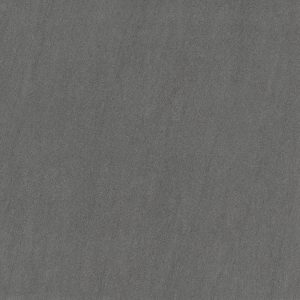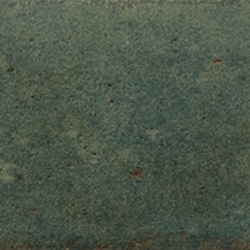There are a lot of boxes to tick when you talk about selecting tiles for commercial spaces. It all comes down to what tile is available on the market for the look you are after, the budget allowed and does it adhere to the required standards.
Below we will break down a few different types of tiles that are best for commercial projects but commonly mistaken for each other. We hope to help narrow down your search and make it easier to find that exact tile that is right for the job.
We will not cover commercial slip ratings as we have covered this subject in more depth with a selection of examples and options here.
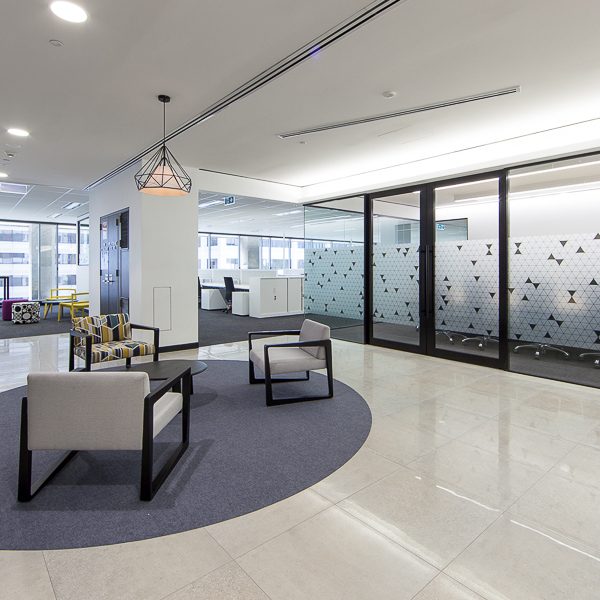
Glazed Ceramic
All clay based tiles out there on the market can be called Ceramic, as it is the name given to the end result of the clay tile making process (e.g. compaction to firing and all other processes in between). However once the clay base is made and dried the tile can go 2 ways and there are many different types of clay.
To gain a more vivid colour or precise imagery the ceramic tile can be fired with a glaze and image on top. This final finish can vary from matte to gloss and then on top the glaze can be polished to different extents (satin, semi-gloss, lappato, high gloss).
The strength of the glaze will dictate where the tile can be used. For example a high strength glaze gloss tile can be used on the floor or wall but a softer thinner gloss glaze can only be used on the walls. The glazing strengths are rated by a test known as a PEI test set by the tile industry standard.
Unglazed full body porcelain / Fully Vitrified
This is the second direction a clay tile can go. Instead of glazing the tile it can be kept unglazed which is beneficial for commercial use as it keeps the finish colour all the way through the tile. The unglazed tiles are made from porcelain so it can be fired at a lot higher temperature to make a harder stronger finish. This works well if the tile will be worn down over years of use or in a location where it can possibly be chipped or scratched, as these will be hardly noticeable.
These tiles tend to be more basic patterns or solid colours and can still be polished to create different surface finishes.
Glazed Porcelain
Ceramic tiles can be made from different clay types. The Porcelain ceramic tiles are made from a particular type of clay and are able to be dried out more than most other clays which makes them less absorbent and stronger than a standard Ceramic tile clay. Using the same processes the Porcelain based Ceramic tile is then glazed and offer the various different finishes as mentioned in ceramic tiles above.
You may notice the old terracotta glazed tiles or red biscuit tiles are not around much anymore. This is because this type of clay was very soft and porous which limits the life and ware of the tiles compared to the tiles we know today.
Porcelain Stoneware
Some wording that is appearing across the European market more and more is porcelain stoneware. Stoneware is a combination of different clay types, one being porcelain, that can only be fired at a lower temperature than porcelain and there for can only reach partially vitrified state. Making it still a strong tile to use in comparison to ceramic tiles but not the strongest against pure porcelain. These tiles can also be full bodied where the clay biscuits are tinted to match the colour of the face image or finish.
The combinations of clays can make it a more cost effective product, especially with the increased popularity in Europe of using 20mm thick tiles for exterior tiling. Many tile shops still call these types of tiles just Ceramic tiles to lower the confusion to customers. Which is why you come across tiles classified as ceramic tiles but can still tick the boxes required for when it comes to strength, durability and longevity.
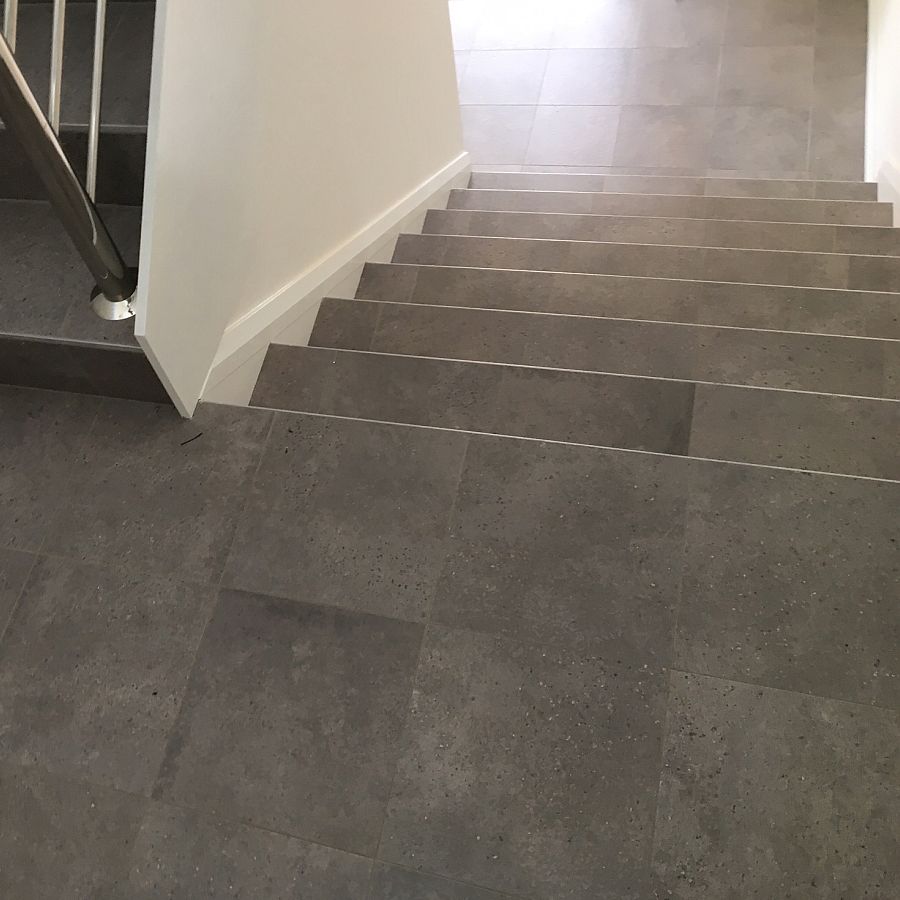
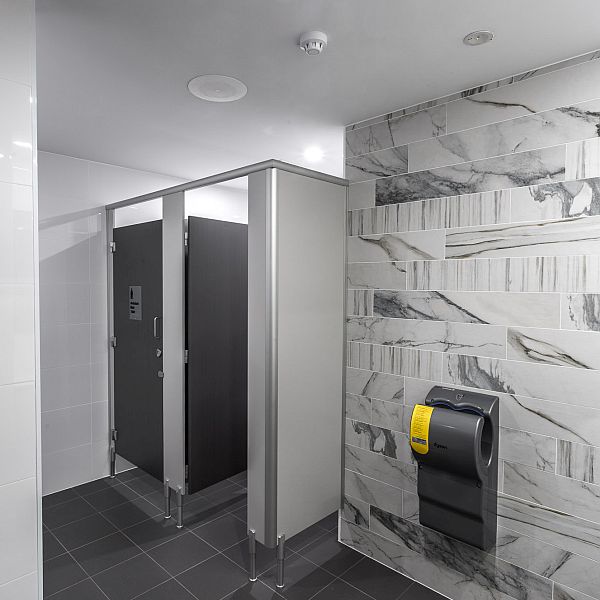
Honourable mentions
Rectified Tiles
All the tiles mentioned so far are made by the clay being pressed in to a particular size mould then fired. But there are two different edges these pressed tiles can be sold with. The non-rectified tiles are pressed into a mould of a specific tile size and stay that size from firing to laying which means the tiles keep the moulds more curved edging.
Rectified tiles however are cut down from a larger moulded tile into their intended tile sizes. The new sharper cut edges gives us the opportunity to lay the tiles closer together with minimal grout joints.
Slip Resistant Tiles
As we mentioned at the beginning there are specific standards in Australia that require commercial areas to have the correct slip rating. These slip ratings are achieved through the final finish on the tile glazed or unglazed tiles. To find our more please read our blog or review our slip rated tiles.
Now that you have had a brief rundown on the construction of tiles you can see where certain tiles work better in some applications more than others. If you have any further questions please contact our friendly staff so they can check availability and lead times of the products that will be optimal for commercial project.

